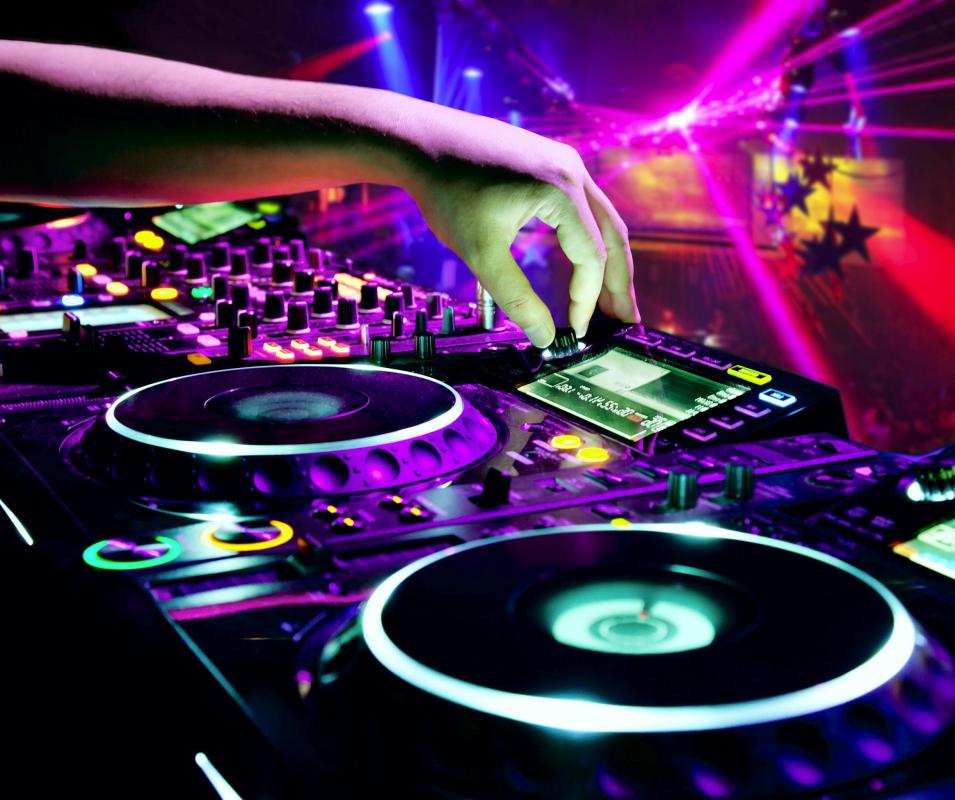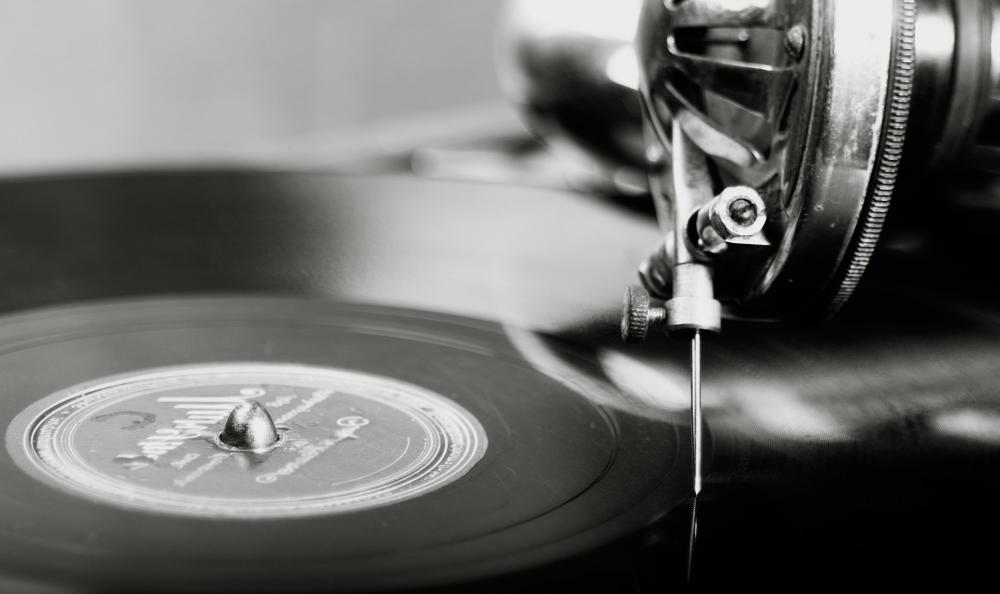At WiseGEEK, we're committed to delivering accurate, trustworthy information. Our expert-authored content is rigorously fact-checked and sourced from credible authorities. Discover how we uphold the highest standards in providing you with reliable knowledge.
What Is an Automatic Turntable?
An automatic turntable is designed to play vinyl records by spinning them at a uniform speed and engaging a tonearm equipped with a cartridge and stylus, or needle, into a record groove. The sensitive nature of the stylus friction against the delicate vinyl may sometimes cause irreparable damage to sometimes rare or antique discs of the long-lived medium. Automatic turntables offer push-button operation, allowing the tonearm to rise, set its position, and lower onto the record surface with machine delicacy and precision. This automated damping of the tonearm allows the record to play through to the end, and the machine to reset itself without any risk of damage from unsteady finger shake.
While the technology has long been replaced in popular usage by digitized recording methods, automatic turntable equipment continues to find a place among music lovers. The warm, analog traits of smooth vinyl occupy a characteristic niche for amateur and professional audiophiles. Units continue to be manufactured in familiar forms and with numerous innovations. Automatic varieties may preserve the condition of albums, but they also add multiple moving parts that may diminish overall acoustics, compared to the more rigid, less resonant manual types.

With the assistance of a cueing lever, manual turntables sometimes offer semi-automatic capabilities. Units may assist users in keeping the tonearm above the surface of the disc, allowing it to be placed above any desired song track, and lowered automatically. A fully automatic turntable makes it harder to play a particular track on a record. It also may provide less audio precision than manual varieties. Preserving discs from damage, however, continues to make it an attractive choice for many users.

Disc jockeys (DJs) have popularized this technology for live entertainment in dance clubs and musical performances. Specialized DJ automatic turntable setups provide numerous features over conventional home models. While both types may possess speed selectors and switch operation, the DJ type also provides pitch controls used in matching beat tempos between songs. These devices have slipmats to permit sliding the record over the moving platter for scratching effects. Strobes indicate beat speeds for rapid adjustments, and tonearms feature capabilities like anti-skid or suspension adjustments.
Other automatic turntable products offer features like universal serial bus (USB) ports for transfer of vinyl audio into digital formats. These systems may output to a computer or flash drive. More factors that influence a turntable's performance include its signal-to-noise ratio, wow and flutter, and playback speeds.
The signal-to-noise ratio indicates the signal level related to its degree of background noise; the higher the number, the better quality the playback. Wow and flutter describe the degree of playback speed variation; the lower, the better. Playback speeds are usually at 331/3 and 45 revolutions per minute (RPM) for albums and singles respectively, while older phonographs used 78 RPM.
AS FEATURED ON:
AS FEATURED ON:












Discuss this Article
Post your comments